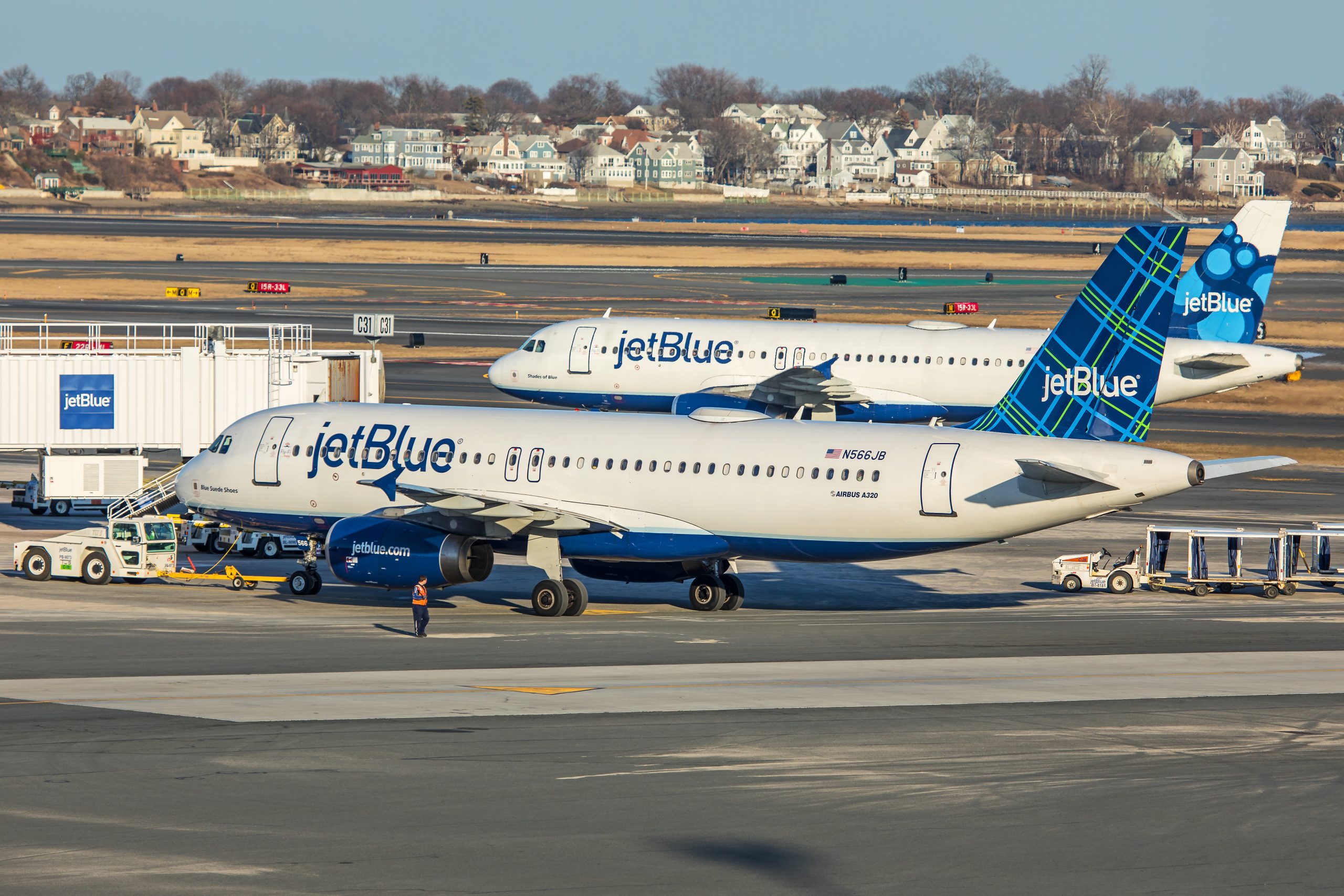
JetBlue Reveals Diminished First Quarter Earnings
On Tuesday, JetBlue announced that it has adjusted its annual revenue forecast. The carrier announced that its revenue will be…

A Cathay Pacific A350 (Photo: AirlineGeeks | Ben Suskind)
Hong Kong’s aviation industry was hit hard by the onset of the pandemic earlier this year. But while that resulted in worldwide pullbacks in travel demand, Hong Kong’s aviation industry has been experiencing headwinds since the second half of 2019.
With no end in sight for the pandemic, Cathay Pacific Group is not going to apply for further government employment subsidies, and it is expected Cathay Pacific and Cathay Dragon will slash its workforce in the near future. However, the group said Hong Kong Express and Air Hong Kong will continue to seek financial help from the government.
According to the rules in Hong Kong, a company is not allowed to make employees redundant while participating in the employment subsidies program. The conglomerate currently has 33,000 employees globally and 27,600 staff based in Hong Kong.
Since June 2019, the never-ending social unrest in the former British colony has resulted in weakened travel demand. Meanwhile, Cathay Pacific completed the acquisition of low-cost carrier Hong Kong Express in July 2019, and the group hasn’t benefited from the acquisition thus far.
In response to COVID-19, Cathay Pacific and Cathay Dragon have served almost 43,000 passengers in July, nearly a drop of 99% compared to July 2019.
In the meantime, Hong Kong International Airport has announced that it handled 84,000 passengers and 10,000 flight movement in August. It has dropped 98.6% and 72% year on year. However, the cargo volume has remained at 374,000 tons, recording a 3.5% drop year over year as the shortage of belly capacity on passenger flights has led to a significant decrease in available space, but exports and imports increased by 8% and 4%, respectively, compared to the same month last year.
The airport handled 96,000 passengers in July. Earlier, the airport announced that the relief package will extend to the end of October.
The vibrant airport handled over 71 million passengers last year. As a result of the pandemic, in the first eight months of 2020, the airport has handled 8.5 million passengers and 114,020 flight movements, a decrease of 83% and 60%, respectively. The cargo business recorded a drop of 9%.
After eight months of the pandemic, Hong Kong International Airport has been accredited under Airport Health Accreditation (AHA) program of the Airport Councils International (ACI), recognizing the airport’s high standard in upholding health and safety in operations. Hong Kong has become one of the first few Asia Pacific airports to be accredited by ACI. South Korea’s Incheon International Airport, Toronto Pearson International Airport and London Luton Airport have received the honor as well.
Luis Felipe de Oliveira, Director General, ACI World said, “Congratulations to [Hong Kong International Airport] for becoming accredited in the ACI AHA program. The program is designed to help reassure the traveling public that airport facilities remain safe and that precautions are being taken to reduce any risk to their health.”
Receive a daily dose of the airline industry's top stories along with market insights right in your inbox.

On Tuesday, JetBlue announced that it has adjusted its annual revenue forecast. The carrier announced that its revenue will be…

Royal Air Maroc and Safran have deepened their collaboration in aircraft engine maintenance. In celebration of its 25th anniversary, Safran…

The importance of the North American market to Fiji Airways has been further highlighted with the announcement of an interline…



